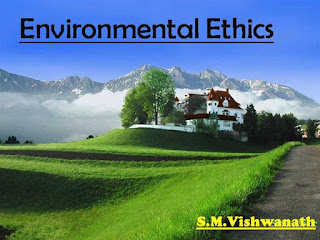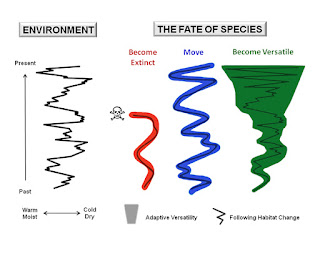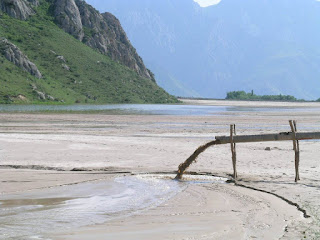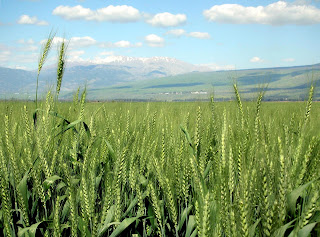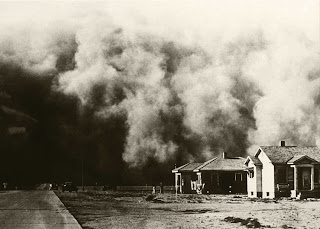ESTABLISHMENT OF NEW PLANT POPULATIONS

Methods to establish new plant populations are different from establishing vertebrate or animal populations. Animals can move from one place to another in search of food or moisture conditions. In plants the seeds are dispersed to the other sites through wind, water and animals or by conservation biologists activity. When a seed is planted on a site it is unable to move even if a suitable site exists at few meters distance. The immediate small suitable site is necessary in case when environmental conditions become harsh e.g. the weather is too hot, too wet, too dry or too shady. In these conditions the seeds either don't germinate or plants die. Plants are vulnerable to attacks by insects, pests and fungi. Fire also disturb the seeds establishment. Considerations while reintroduction of Plants Careful site selection should be taken into account otherwise plants will not be able to survive or flower. Those factors should be identified that cause the decline ...



